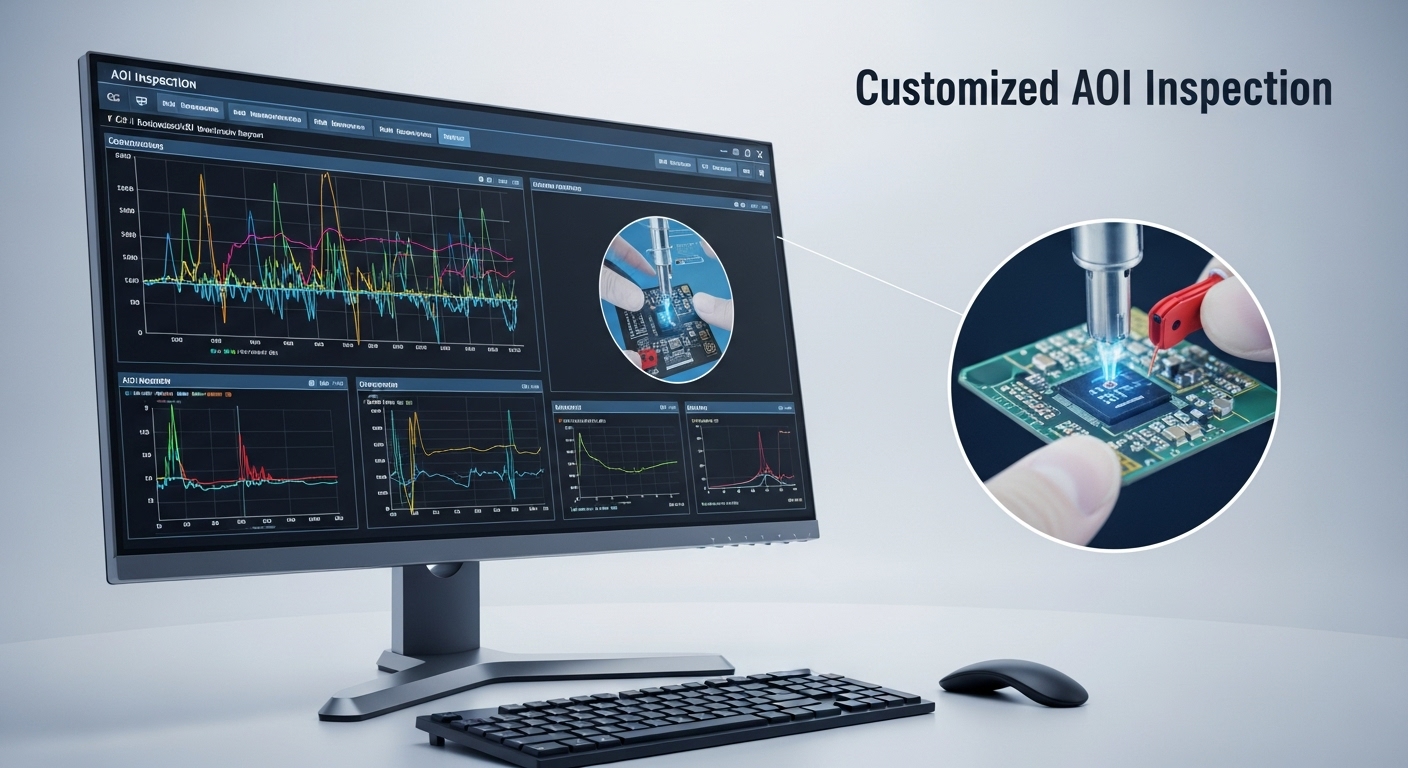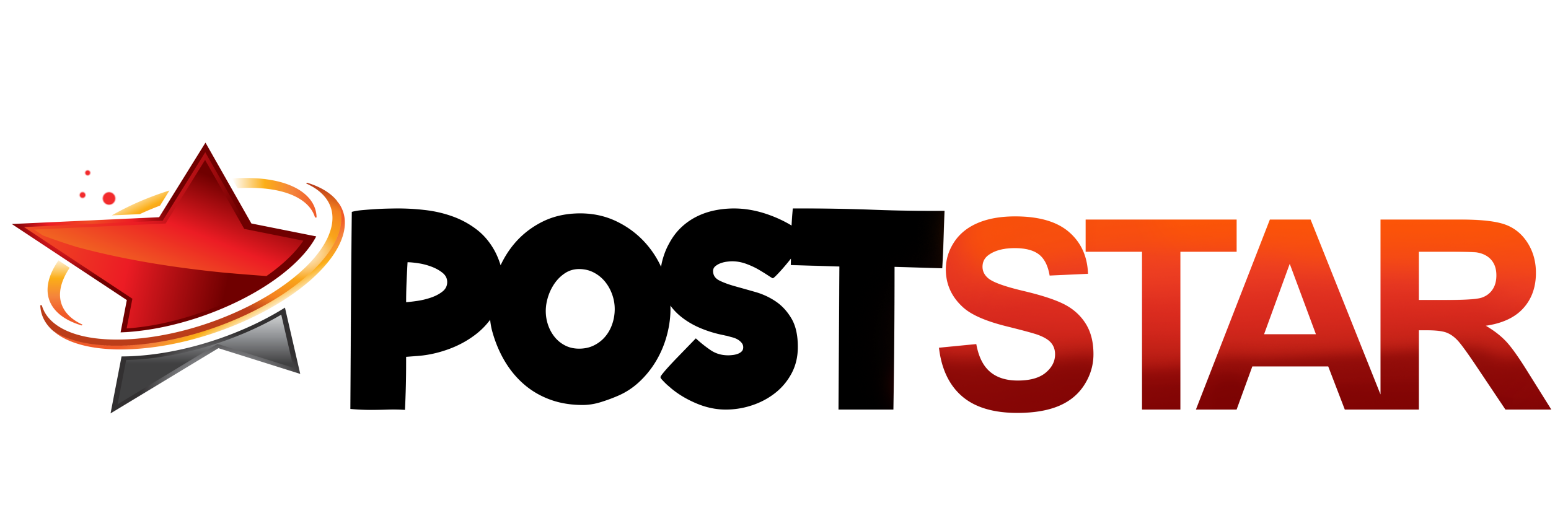
In the modern manufacturing landscape, ensuring product quality has become more complex and demanding. With growing consumer expectations and stricter industry standards, the need for accurate, efficient, and scalable inspection solutions is critical. This is where Automated Optical Inspection (AOI) systems step in, transforming quality control processes across industries. Customized AOI systems, powered by advanced Artificial Intelligence (AI), takes this innovation to the next level by tailoring inspection systems to specific manufacturing needs, ensuring unmatched precision and efficiency.
Understanding Customized AOI Inspection
Automated Optical Inspection (AOI) is a technology-driven process that uses cameras and image processing software to automatically inspect products for defects, inconsistencies, and other anomalies. While traditional AOI systems are highly effective, their generic nature might not cater to the unique requirements of specific industries or products. Customized AOI inspection bridges this gap by offering solutions designed specifically for a company’s manufacturing processes, materials, and quality standards.
Through customization, AOI systems can adapt to the nuances of diverse applications, from inspecting complex automotive parts to analyzing intricate textile patterns. Powered by AI and machine vision technology, these systems enable manufacturers to achieve higher accuracy, faster inspection speeds, and reduced operational costs.
Key Features of Customized AOI Inspection
1. Tailored Algorithms for Specific Defects
Customized AOI systems leverage AI-powered algorithms that are designed to detect specific types of defects unique to a product. Whether it is identifying cracks on steel sheets, irregularities in automotive components, or inconsistencies in textile webs, the inspection system’s adaptability ensures accurate defect detection.
2. Machine Learning for Continuous Improvement
AI-powered AOI systems incorporate machine learning capabilities that allow them to learn and improve over time. With each inspection cycle, the system refines its defect detection accuracy by analyzing patterns and anomalies, making it increasingly reliable for long-term use.
3. Multi-Layered Inspection
Customized AOI systems can perform multi-layered inspections, combining surface-level defect detection with internal structure analysis. This capability is especially valuable in industries like electronics and automotive manufacturing, where both surface quality and internal integrity are critical.
4. Scalability Across Applications
From inspecting large steel sheets to small, intricate electronic components, customized AOI systems are scalable to suit a wide range of applications. Their flexibility makes them indispensable across industries like textiles, automotive, electronics, and heavy manufacturing.
5. Real-Time Feedback and Reporting
One of the standout features of customized AOI systems is their ability to provide real-time feedback and generate detailed reports. This immediate insight allows manufacturers to address defects early in the production process, minimizing waste and improving overall efficiency.
Applications of Customized AOI Inspection
1. Automotive Parts Inspection
The automotive industry demands flawless quality for components such as engine cylinders, brake pads, and gears. Customized AOI systems ensure that each part meets stringent quality standards by detecting even the smallest defects, such as scratches, dents, or cracks. AI-driven inspection also ensures compliance with safety regulations, enhancing the overall reliability of vehicles.
2. Textile Web Inspection
In the textile industry, maintaining consistency in patterns and detecting flaws like tears or uneven threads are essential for product quality. Customized AOI systems equipped with high-resolution cameras and specialized algorithms analyze every inch of fabric, ensuring premium quality for end consumers.
3. Steel and Metal Surface Inspection
Steel and metal sheets are widely used in construction, automotive, and aerospace industries. Customized AOI systems are designed to detect surface defects like scratches, dents, or contamination. By ensuring defect-free metal sheets, these systems contribute to the durability and safety of end products.
4. Electronics Manufacturing
From printed circuit boards (PCBs) to microchips, the electronics industry relies on flawless components. Customized AOI systems inspect these components for soldering errors, misalignments, and other defects, ensuring high-performance and reliability.
5. Cylinder Inspection for Defect Detection
Customized AOI systems are increasingly used for inspecting cylindrical objects like pipes, drums, and engine components. Using advanced imaging techniques, these systems identify issues such as irregularities in shape, surface cracks, or contamination, ensuring product integrity.
FOR MORE INFORMATION CLICK HERE : top restaurants in dubai
Benefits of Customized AOI Inspection
1. Enhanced Accuracy
With AI-powered algorithms tailored to specific defects, customized AOI systems provide unmatched accuracy, reducing the risk of undetected flaws.
2. Improved Efficiency
By automating the inspection process, these systems minimize human intervention, speeding up production lines and reducing operational costs.
3. Scalability and Flexibility
Customized AOI systems can be scaled and modified to suit diverse industries and applications, making them a versatile solution for modern manufacturing needs.
4. Reduced Waste
By identifying defects early in the production process, manufacturers can reduce waste and optimize resource utilization, contributing to sustainability goals.
5. Compliance and Reliability
Customized AOI inspection ensures that products meet industry standards and regulations, enhancing their reliability and market competitiveness.
Challenges and Future Prospects
Despite its numerous benefits, implementing customized AOI inspection comes with challenges such as initial setup costs, training requirements, and system integration complexities. However, advancements in AI and machine vision technology are rapidly addressing these challenges, making AOI systems more accessible and user-friendly.
In the future, we can expect customized AOI systems to become more sophisticated, incorporating technologies like deep learning, 3D imaging, and edge computing. These advancements will further enhance their accuracy, speed, and versatility, solidifying their position as a cornerstone of quality control in manufacturing.
Customized AOI inspection represents a significant leap forward in quality control, combining the power of AI and machine vision to deliver tailored solutions for diverse manufacturing needs. By addressing industry-specific challenges and ensuring high-quality standards, these systems empower manufacturers to stay competitive in an increasingly demanding market. As technology continues to evolve, the scope and impact of customized AOI inspection will only expand, shaping the future of quality assurance across industries.


